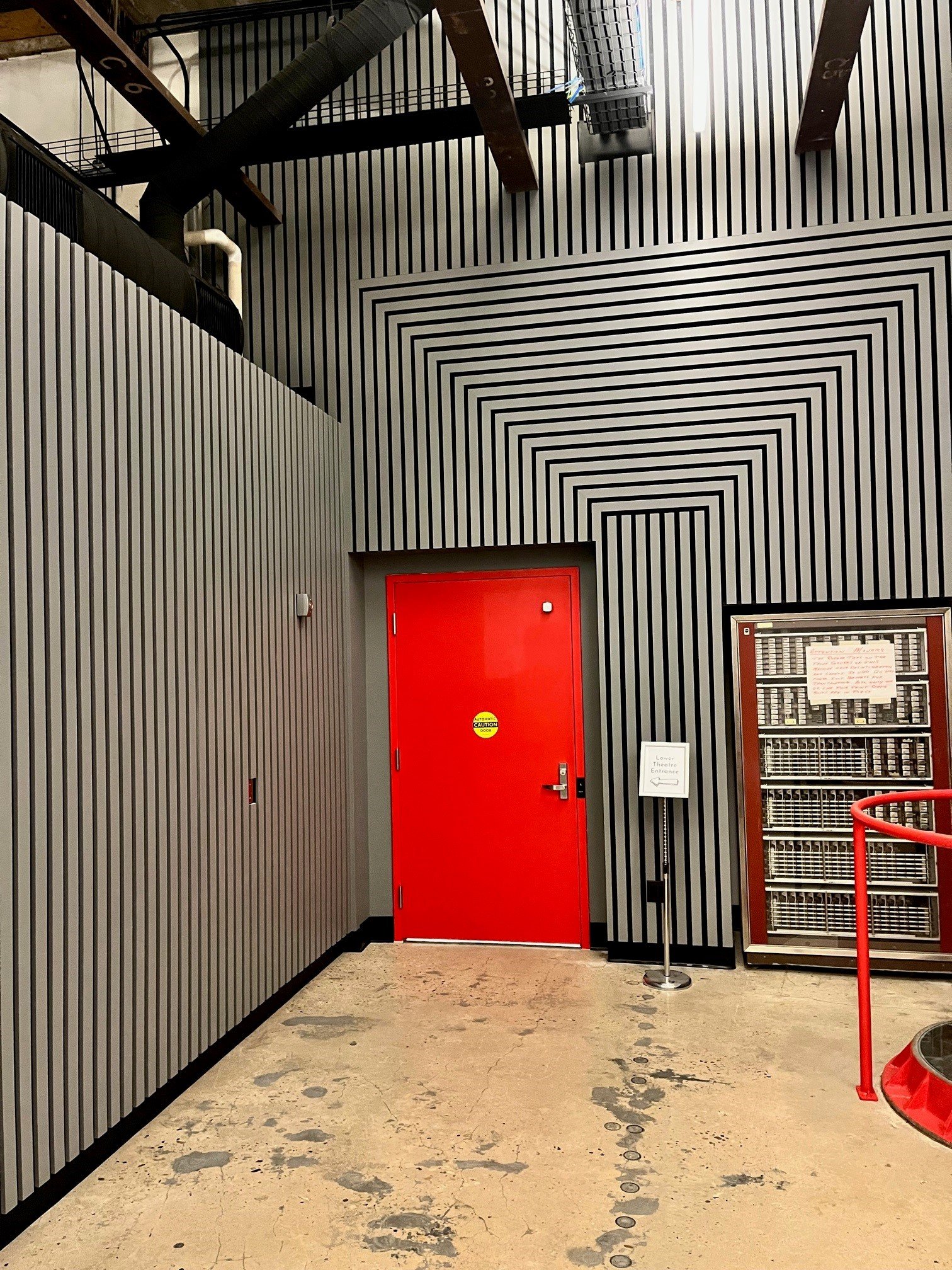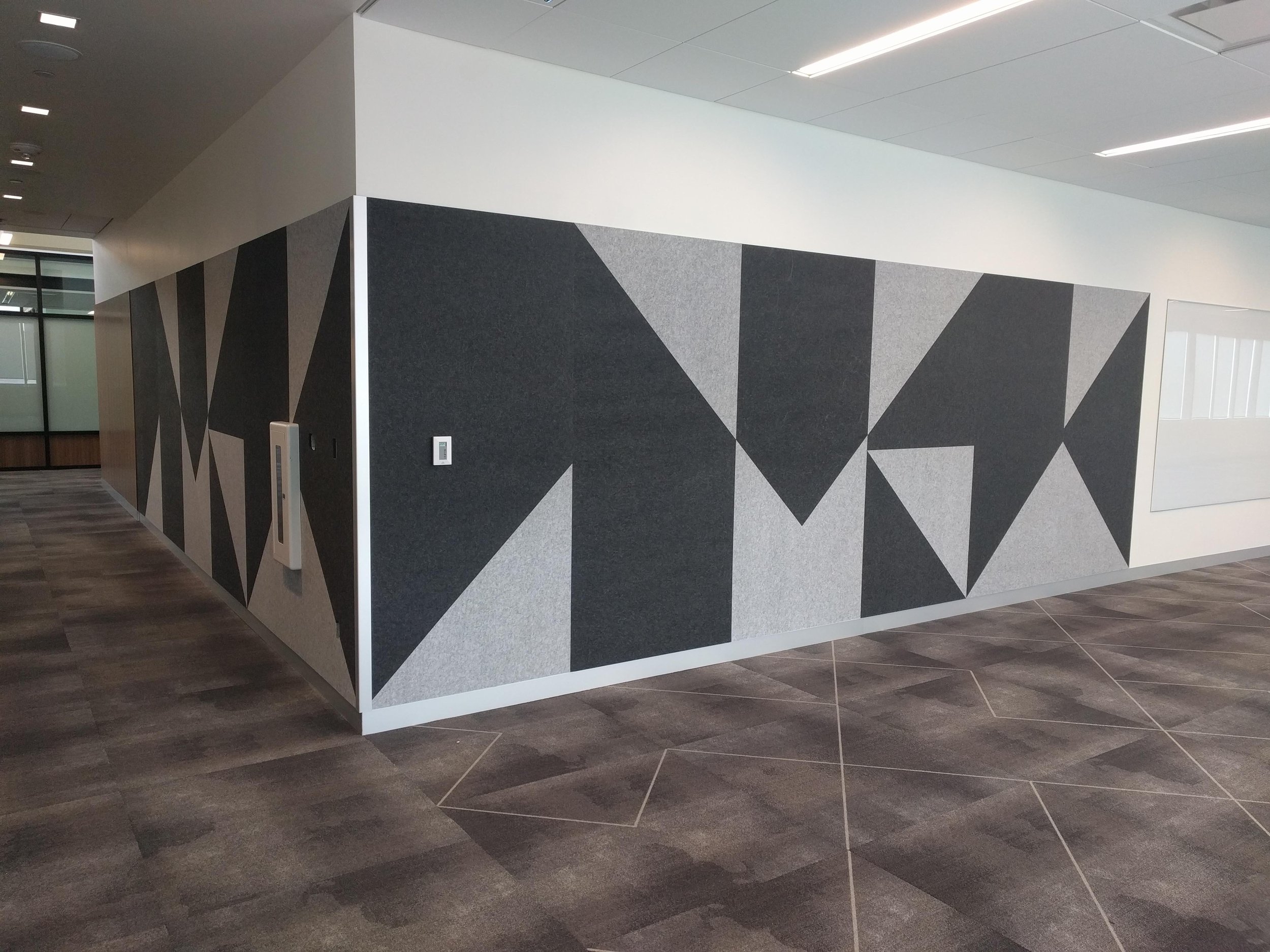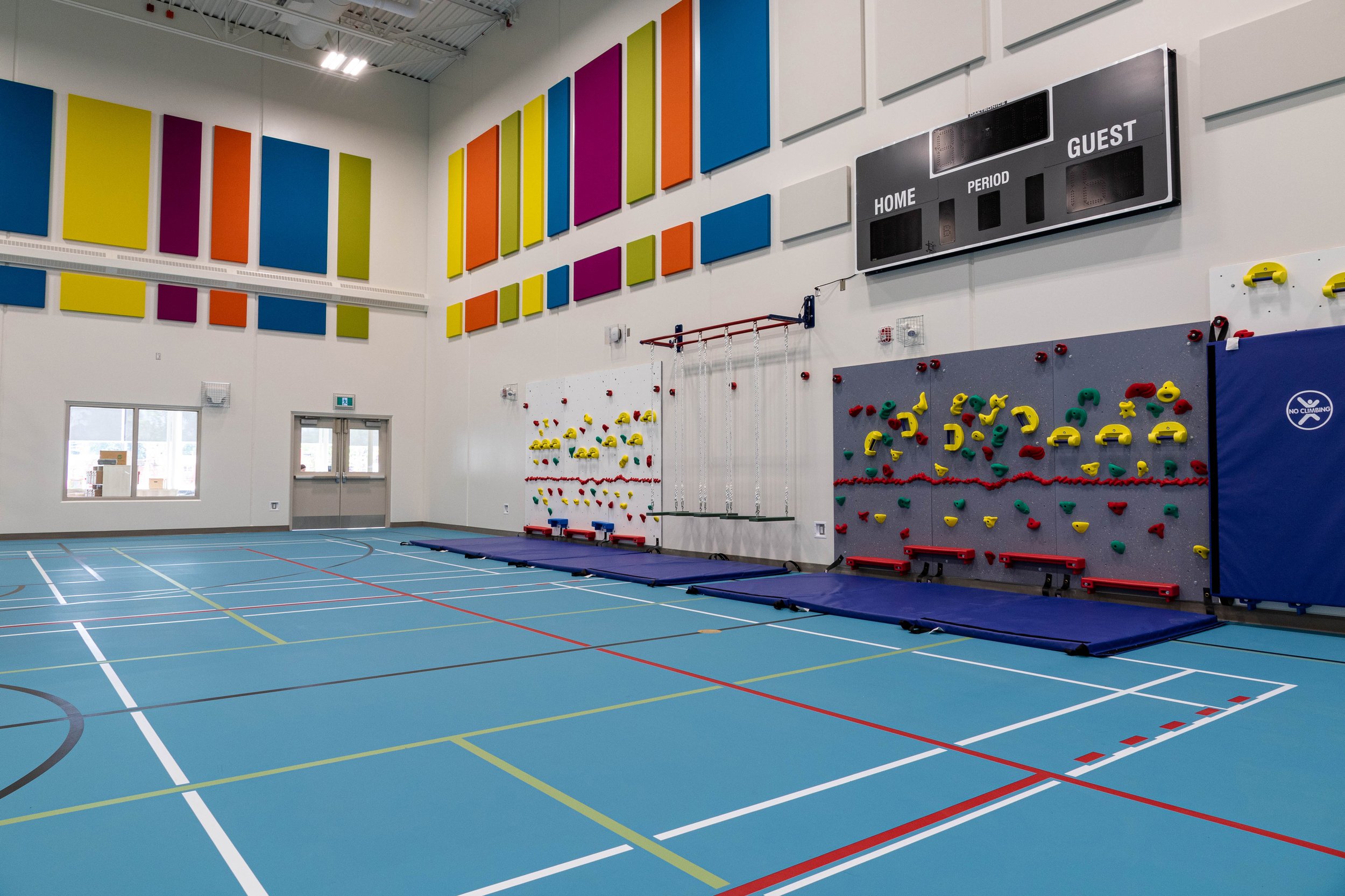
Tips for Choosing the Perfect Acoustic Wall Panel Color | Expert Guide
Acoustic wall panels are an essential component in any interior design project aimed at achieving optimal sound quality. These panels are designed to reduce noise pollution by absorbing sound waves, enhancing sound quality and creating a more pleasant acoustic environment. However, while the functional benefits of acoustic panels are well-known, their aesthetic value is often overlooked. In this article, we'll explore the importance of choosing the perfect acoustic wall panel color to complement the room's design scheme, enhance its overall ambiance and create a more visually appealing space. Whether you're designing a recording studio, a home theater, or a conference room, selecting the right color for your acoustic wall panels is crucial to achieving the desired aesthetic and functional outcomes. Let's dive in and discover why color choice matters when it comes to acoustic wall panels.
Understanding Acoustic Wall Panels
Acoustic wall panels are designed to absorb and reduce sound waves in a room. These panels are made from materials that are effective at absorbing sound, such as foam, fiberglass, or acoustic fabric. When sound waves hit the panels, they are absorbed by the material, which reduces echoes and reverberation in the room.
The benefits of using acoustic wall panels in interior design are numerous. For one, they can greatly improve the sound quality of a room, making it easier to communicate, listen to music or hold meetings. Additionally, they can help reduce the amount of noise pollution that enters and exits a room, making it more comfortable for occupants and neighbors alike. Finally, acoustic wall panels can also enhance the visual appeal of a room by adding a unique, textural element to the design.
There are several types of acoustic wall panels available on the market, including fabric-wrapped panels, perforated panels, and modular panels. Fabric-wrapped panels are the most commonly used type of acoustic panel, as they are effective at absorbing sound and can be easily customized to match the room's design scheme. Perforated panels, on the other hand, feature small holes or perforations that allow sound waves to pass through, making them ideal for use in larger spaces. Modular panels are designed to be easily installed and reconfigured, making them a great option for spaces that require flexibility in their layout.
Color Psychology
Color psychology is a critical aspect of interior design that involves the use of color to influence human emotions, behavior, and mood. The right color scheme can transform a space, making it feel more inviting, calming, or energizing, depending on the desired outcome.
Different colors can evoke a range of emotions and feelings. For instance, blue is often associated with calmness and relaxation, while red is associated with passion and excitement. Yellow is often used to convey warmth and happiness, while green is associated with growth and renewal. By understanding how different colors affect human emotions, designers can choose the perfect color palette to achieve the desired mood and ambiance.
Color can also affect the acoustic properties of a room. Dark colors tend to absorb more sound waves, while lighter colors reflect more sound. As a result, choosing the right color for your acoustic wall panels can have a significant impact on the overall sound quality of a room. For instance, if you're designing a recording studio, you'll want to choose darker colors for your acoustic panels to absorb as much sound as possible. On the other hand, if you're designing a restaurant or a social space, you may want to choose lighter colors to reflect sound and create a more lively atmosphere.
Factors to Consider
When choosing an acoustic wall panel color, there are several factors to consider. One of the most critical factors is the purpose of the room. The color you choose should complement the room's function and create the desired mood or atmosphere. For instance, if you're designing a home theater, you'll want to choose a color that creates a dark and cozy atmosphere, while if you're designing a workspace, you may want to choose a color that promotes focus and productivity.
Another factor to consider is the overall design scheme of the room. The color of your acoustic panels should harmonize with the other design elements in the room, such as the wall color, flooring, and furniture. A cohesive design scheme can create a more unified and visually pleasing space.
Lighting can also affect the color of your acoustic panels. For instance, natural light can make colors appear brighter, while artificial light can make colors appear duller. It's essential to consider the lighting in the room when choosing the color of your acoustic panels to ensure that the color appears as intended.
Lastly, it's important to consider the color of other elements in the room, such as furniture and flooring. The color of your acoustic panels should complement these elements to create a cohesive and harmonious design. For instance, if you have a lot of warm wood tones in the room, you may want to choose a warm-colored acoustic panel to match.
Popular Colors for Acoustic Wall Panels
There are several popular colors for acoustic wall panels that can evoke different emotions and feelings. For instance, neutral colors such as beige, gray, and white can create a calming and relaxed atmosphere, while darker colors such as black and navy blue can create a sense of drama and sophistication. Bright colors such as yellow, orange, and red can create a lively and energetic atmosphere, while green and blue can create a sense of tranquility and peacefulness.
According to a study published in the Journal of Environmental Psychology, color can significantly affect people's emotional responses to a space. The study found that blue and green colors were associated with feelings of calmness and relaxation, while red and yellow colors were associated with feelings of excitement and stimulation.
It's important to choose a timeless color for your acoustic wall panels to ensure that they remain relevant and visually appealing for years to come. Neutral colors such as beige, gray, and white are often considered timeless and can complement a variety of design schemes. However, it's also important to consider the specific design scheme of the room and choose a color that will complement other design elements.
Ultimately, the color of your acoustic wall panels should create the desired mood and atmosphere while also enhancing the overall visual appeal of the space. By choosing a color that harmonizes with the design scheme and evokes the desired emotions, you can create a space that is both functional and aesthetically pleasing.
Matching Colors to Room Purpose
Choosing the right color for your acoustic wall panels based on the purpose of the room is essential to creating a functional and aesthetically pleasing space. For instance, if you're designing a recording studio, you'll want to choose a color that enhances the acoustic properties of the room. Darker colors such as black or navy blue can absorb more sound waves and improve the sound quality of the space. Alternatively, perforated panels with a lighter color can be used to create a more visually appealing environment without sacrificing the acoustic properties.
If you're designing a space for relaxation or meditation, you may want to choose a color that promotes calmness and tranquility, such as blue or green. These colors are associated with relaxation and can create a serene and peaceful atmosphere. On the other hand, if you're designing a space for productivity or creativity, you may want to choose a color that promotes focus and inspiration, such as yellow or orange.
It's also important to consider the acoustic properties of the color for specific rooms. For instance, if you're designing a recording studio or a home theater, you'll want to choose a color that absorbs sound waves to reduce echoes and reverberation in the space. On the other hand, if you're designing a restaurant or a social space, you may want to choose a color that reflects sound to create a more lively and energetic atmosphere.
Ultimately, the color you choose for your acoustic wall panels should be based on the specific purpose and function of the room, as well as the desired mood and atmosphere. By considering the acoustic properties of the color and choosing a color that complements the room's function, you can create a space that is both functional and visually appealing.
Complementing Design Schemes
Choosing a color that complements the overall design scheme of the room is crucial to creating a cohesive and visually appealing space. The color of your acoustic wall panels should harmonize with other design elements in the room, such as the wall color, flooring, and furniture.
One way to choose a color that complements the design scheme is to use a color wheel. A color wheel can help you identify complementary colors that work well together. For instance, if you have a lot of warm wood tones in the room, you may want to choose a warm-colored acoustic panel, such as a beige or taupe. If you have cooler tones in the room, such as blues or greens, you may want to choose a cooler-colored acoustic panel, such as a light blue or gray.
It's also essential to consider the mood of the room when choosing a color for your acoustic panels. For instance, if you're designing a space for relaxation or meditation, you'll want to choose a color that promotes calmness and tranquility, such as blue or green. If you're designing a social space or a restaurant, you may want to choose a color that promotes energy and liveliness, such as bright red or orange.
Here are some examples of how to choose a color that complements the design scheme:
If the room has a lot of natural wood elements, choose a color that complements the warm wood tones, such as beige or taupe.
If the room has a lot of cool blue or green tones, choose a light blue or gray acoustic panel to complement the cool color scheme.
If the room has a lot of bright or bold colors, choose a neutral-colored acoustic panel to balance out the space.
If the room has a monochromatic color scheme, choose an acoustic panel in a similar shade to create a cohesive and harmonious design.
By choosing a color that complements the overall design scheme of the room, you can create a visually appealing space that is both functional and aesthetically pleasing.
Customizing Colors
Customizing colors for acoustic wall panels is a popular option for many interior designers and homeowners. It allows you to create a unique and personalized look that matches existing design elements in the room.
One of the primary benefits of customizing colors is that you can better match existing design elements in the room, such as furniture, flooring, or wall colors. By choosing a color that matches or complements these elements, you can create a cohesive and harmonious design that enhances the overall ambiance of the space.
Customizing colors also allows you to create a unique and personalized look that stands out from standard acoustic panel options. You can choose a color that reflects your personal style or brand identity, making the space truly your own.
It's important to work with a professional to ensure a high-quality finish when customizing colors for your acoustic wall panels. A professional can help you select the right color and finish for your space, as well as provide expert installation to ensure the panels are securely and correctly installed.
Another benefit of working with a professional is that they can provide guidance on the best type of acoustic panel to use for your specific space and purpose. They can recommend the right material and thickness for optimal sound absorption and help you choose a color that complements the overall design scheme.
In conclusion, customizing colors for acoustic wall panels is a great way to create a unique and personalized look that matches your design goals and reflects your personal style. However, it's essential to work with a professional to ensure a high-quality finish and optimal sound absorption in your space.
Maintaining Acoustic Wall Panels
Maintaining acoustic wall panels is crucial to ensure their longevity and effectiveness in sound absorption. Here are some tips on how to maintain acoustic wall panels:
Regular cleaning: Dust and dirt can accumulate on acoustic wall panels over time, which can affect their effectiveness. Use a soft-bristled brush or vacuum with a soft brush attachment to remove any debris. Avoid using harsh cleaning chemicals or water, as this can damage the material.
Avoid direct sunlight: Direct sunlight can cause fading or discoloration of the acoustic panel material. If possible, position the panels away from direct sunlight or use blinds or curtains to block the sunlight.
Regular inspection: Inspect the panels regularly for signs of damage or wear and tear, such as tears, scratches, or dents. Replace any damaged panels promptly to maintain optimal sound absorption.
Professional maintenance: Consider hiring a professional maintenance service to inspect and maintain your acoustic wall panels. A professional can identify any potential issues and provide recommendations for repairs or replacements.
In addition to regular maintenance, it's essential to properly care for your acoustic wall panels during installation. Improper handling or installation can cause damage to the material and reduce their effectiveness. It's best to work with a professional installer who has experience in handling and installing acoustic wall panels.
In conclusion, maintaining acoustic wall panels is critical to ensure their longevity and effectiveness in sound absorption. Regular cleaning, inspection, and professional maintenance services can help prolong the life of the panels and maintain optimal sound absorption.
Conclusion
In conclusion, choosing the right color for your acoustic wall panels is essential to creating a functional and aesthetically pleasing space. Color can significantly affect the mood and ambiance of a room, as well as the acoustic properties of the space.
Throughout this article, we discussed the benefits of acoustic wall panels, the importance of color psychology in interior design, and factors to consider when choosing the perfect color. We also touched on popular colors, customizing colors, and maintaining acoustic wall panels.
To choose the perfect color for your acoustic wall panels, it's important to consider the purpose of the room, the overall design scheme, and the mood you want to create. It's also crucial to maintain the panels regularly and work with a professional installer to ensure optimal sound absorption and longevity.
By following the tips and advice provided in this article, you can choose the perfect color for your acoustic wall panels and create a space that is both functional and aesthetically pleasing. Remember to consider the factors discussed and consult with a professional installer to ensure a high-quality finish.





